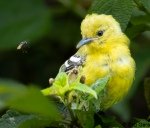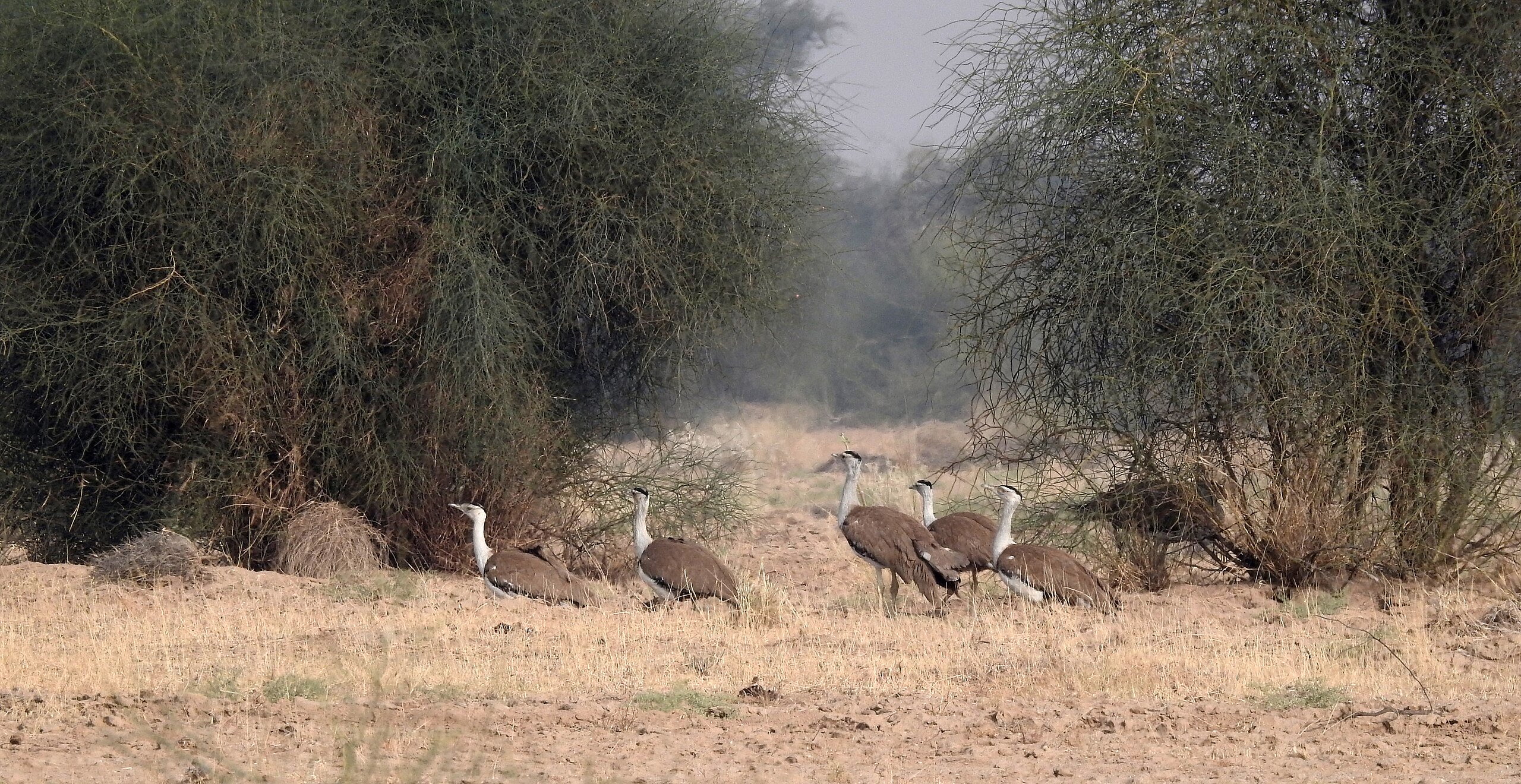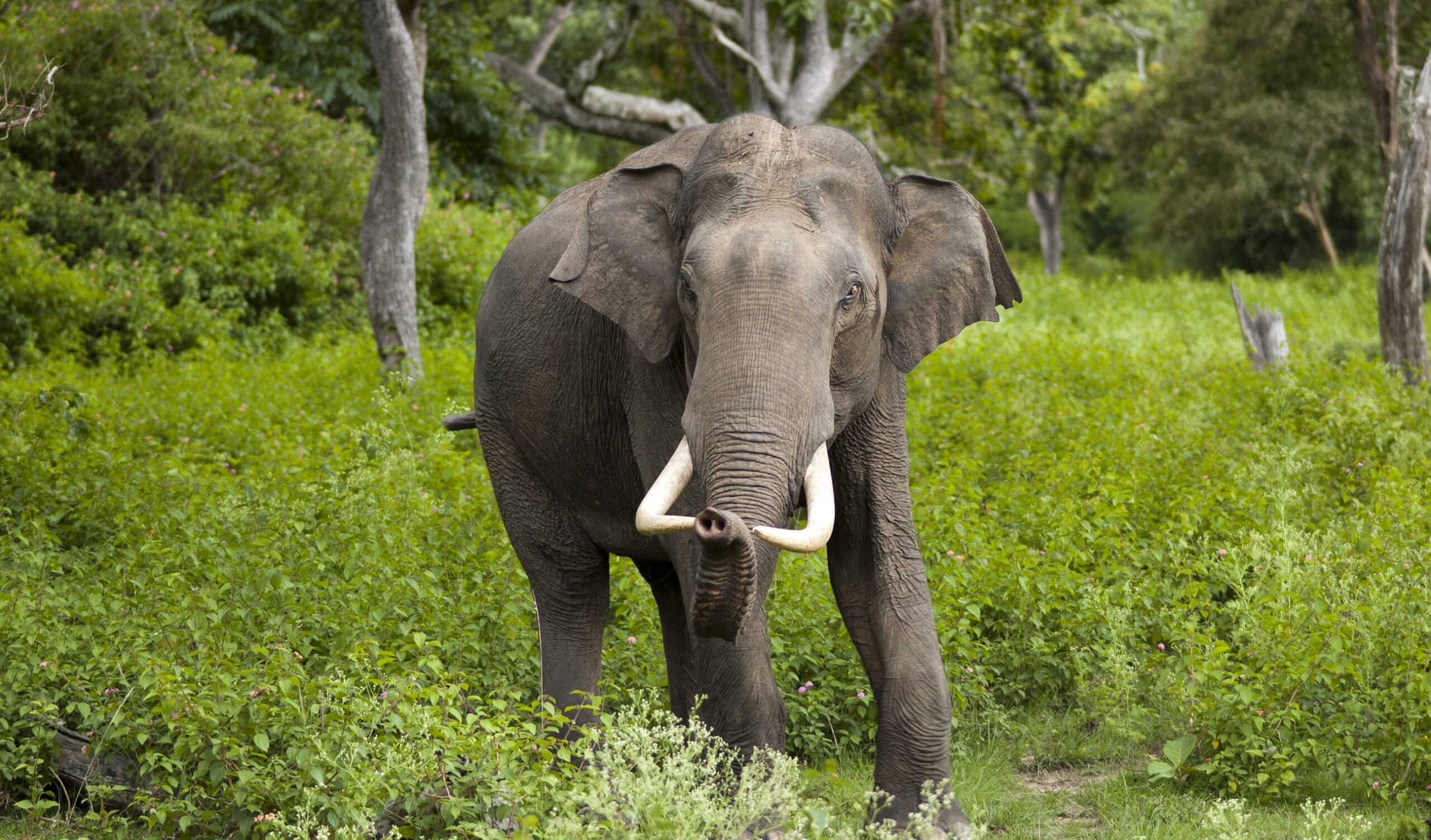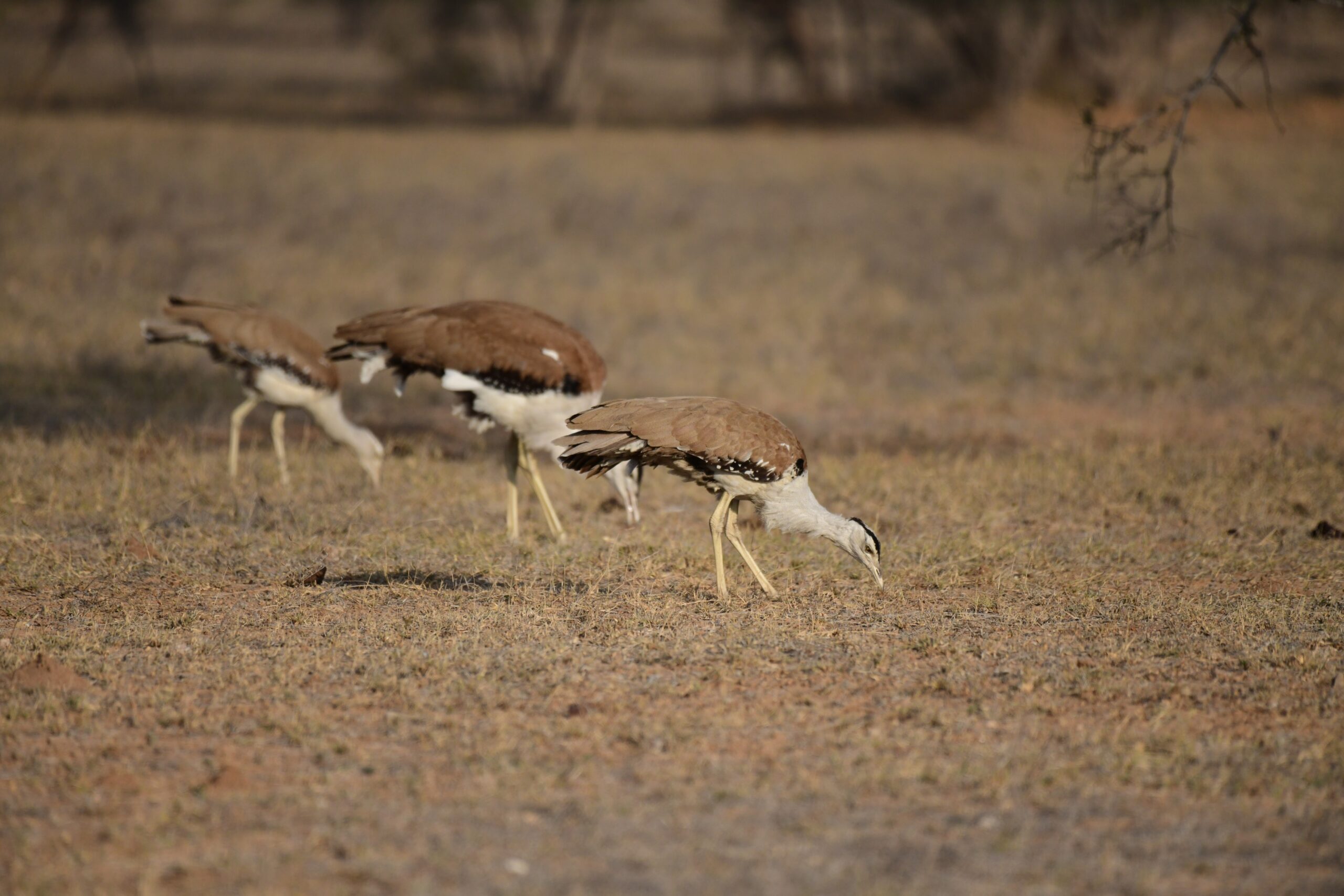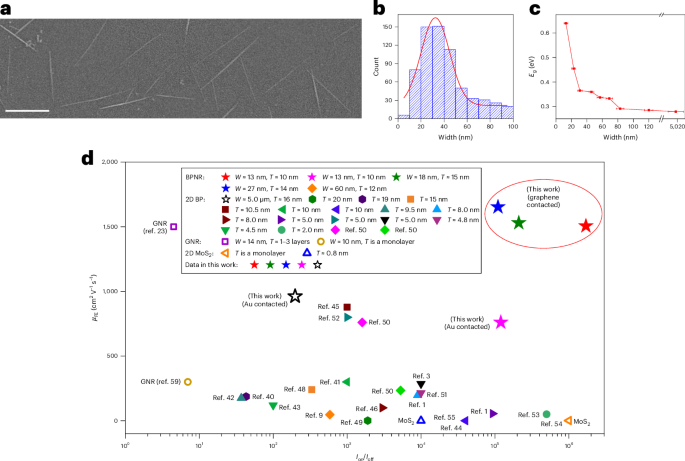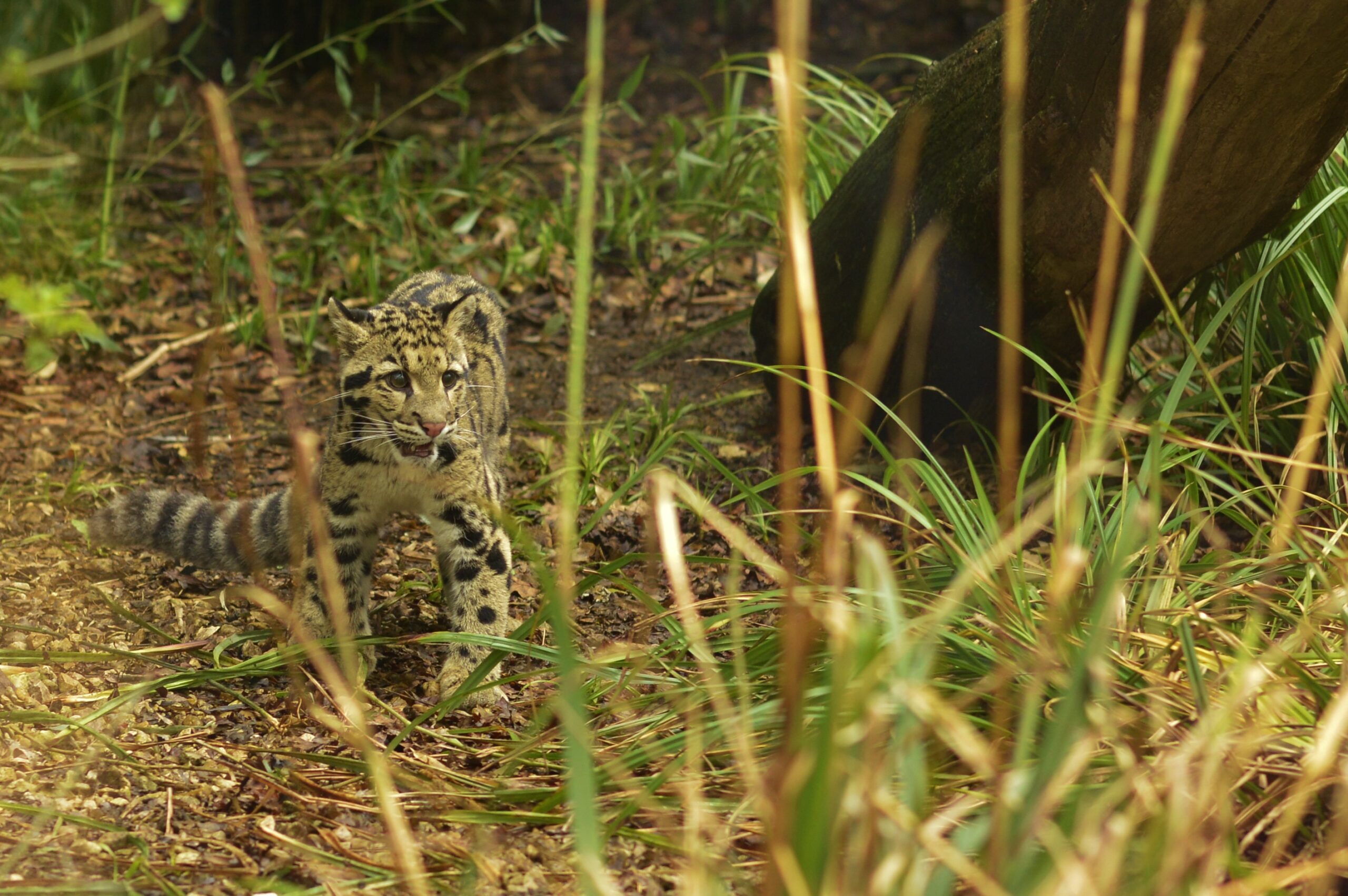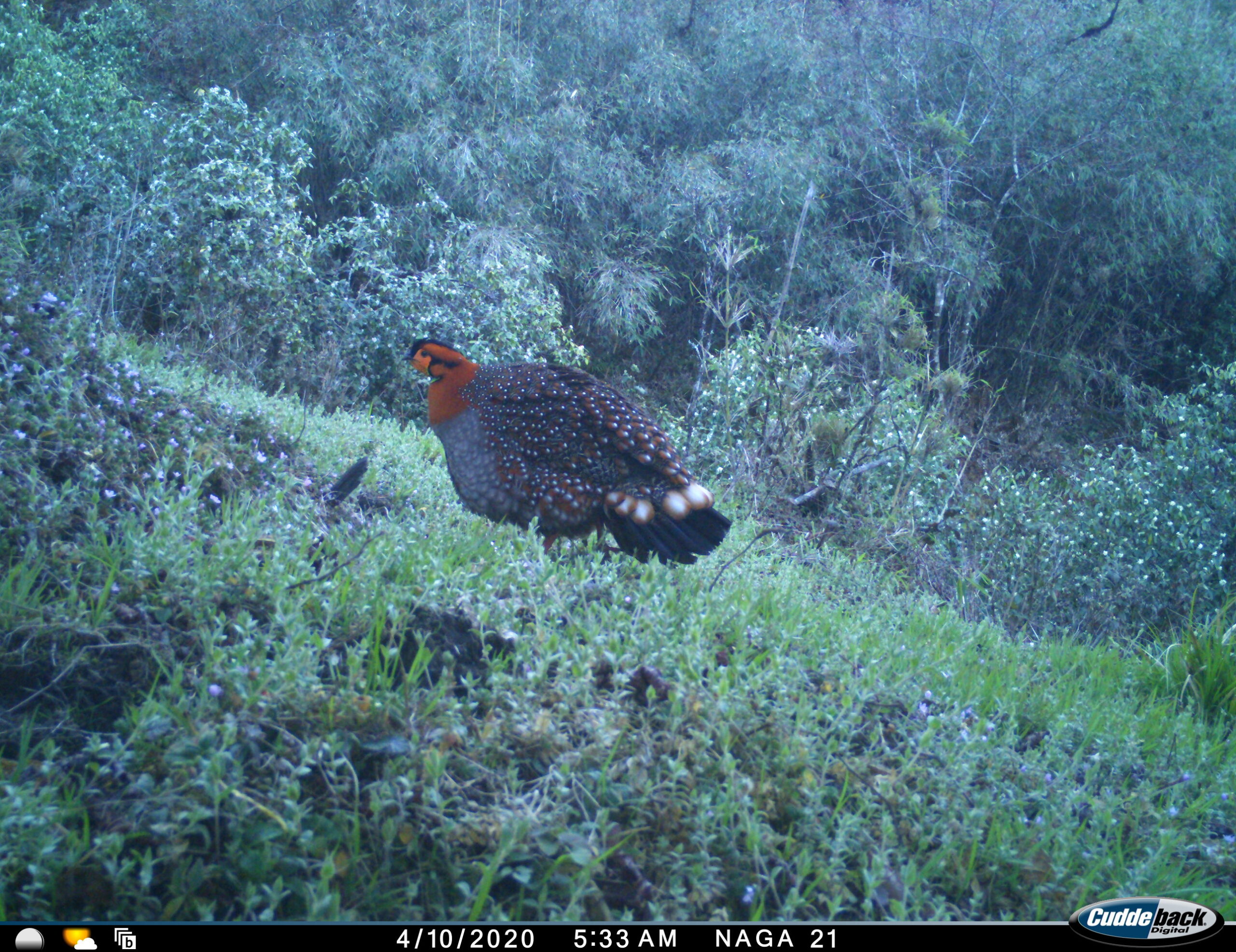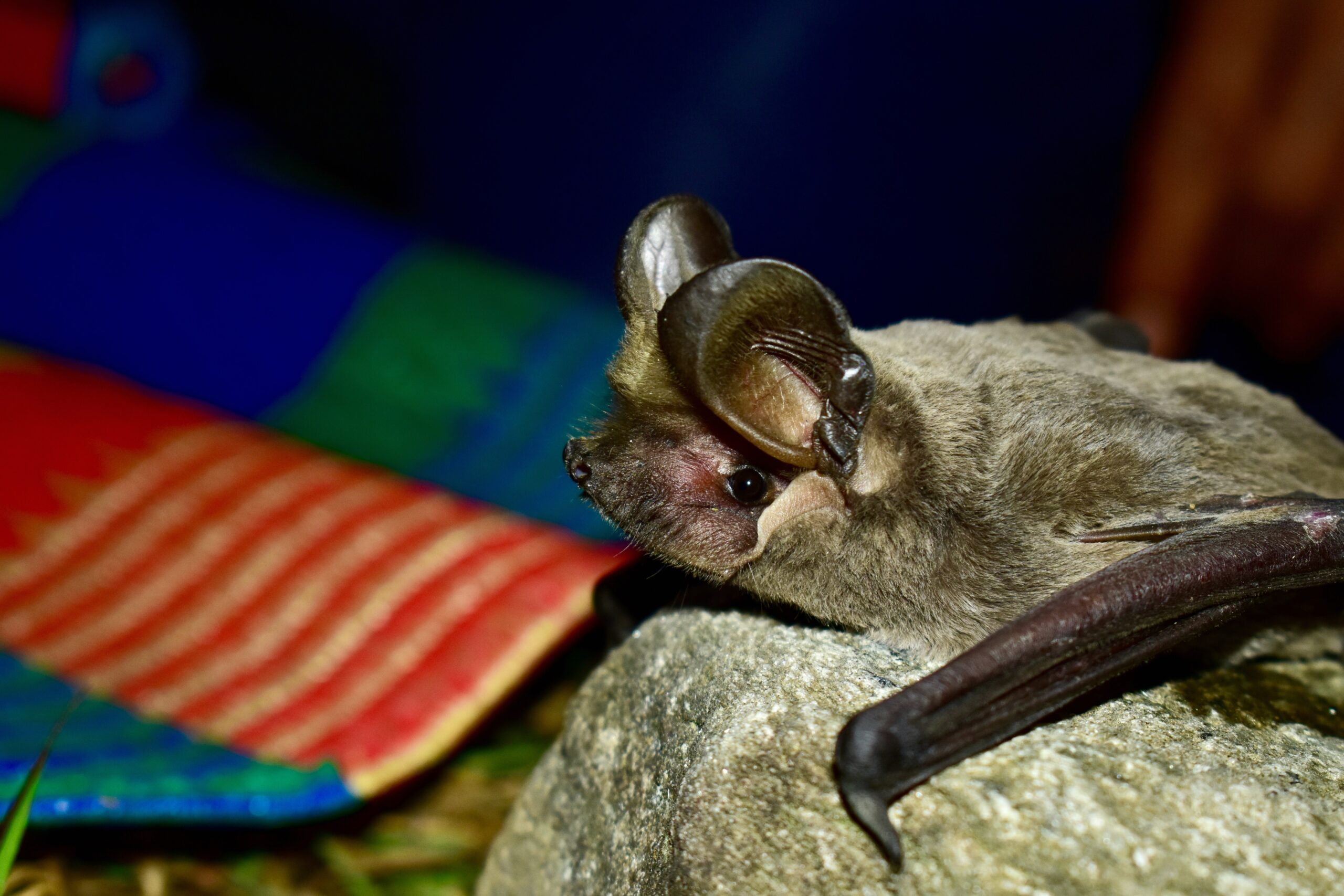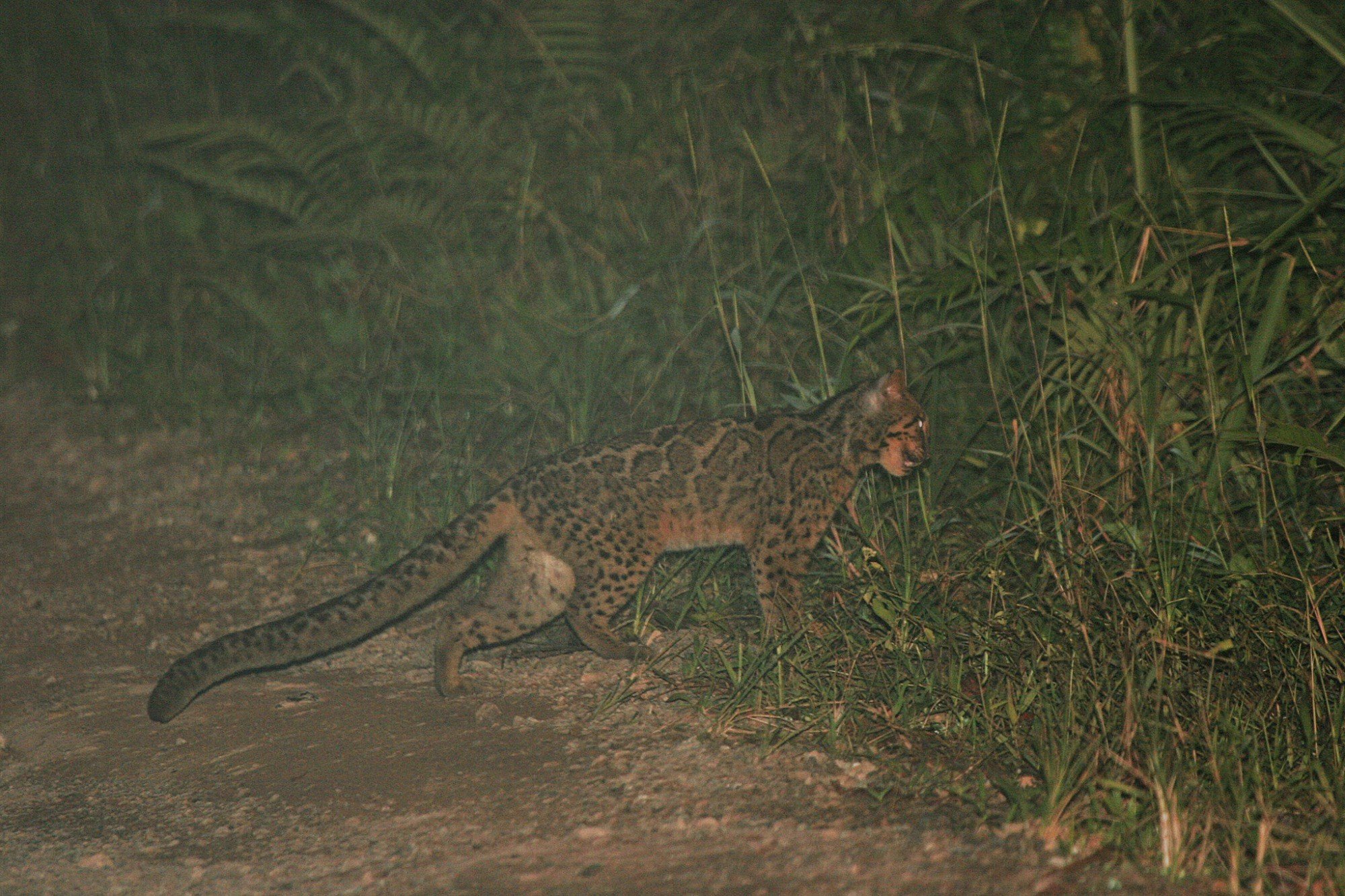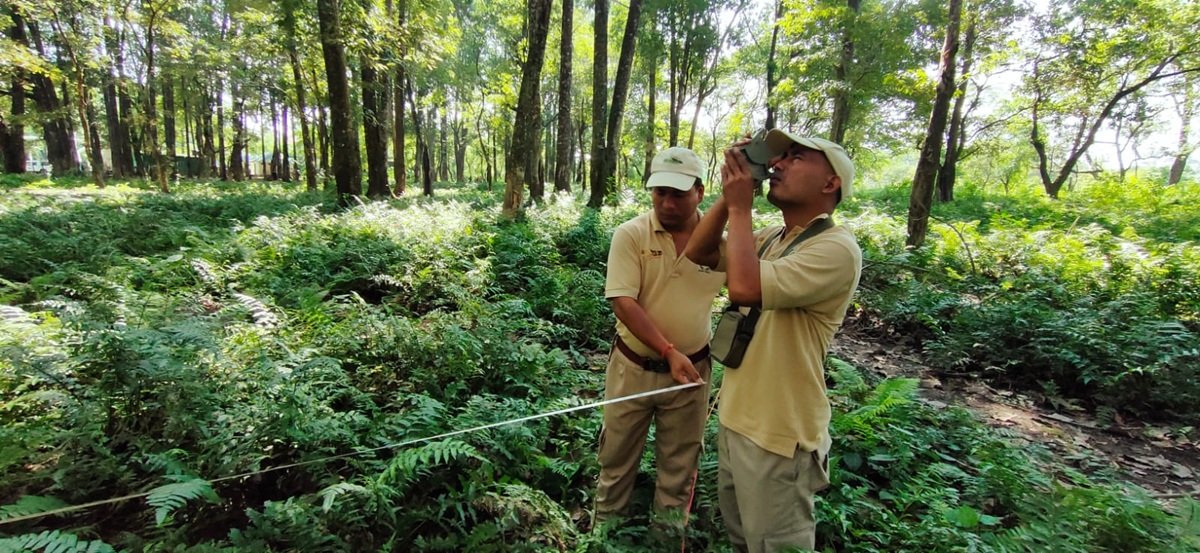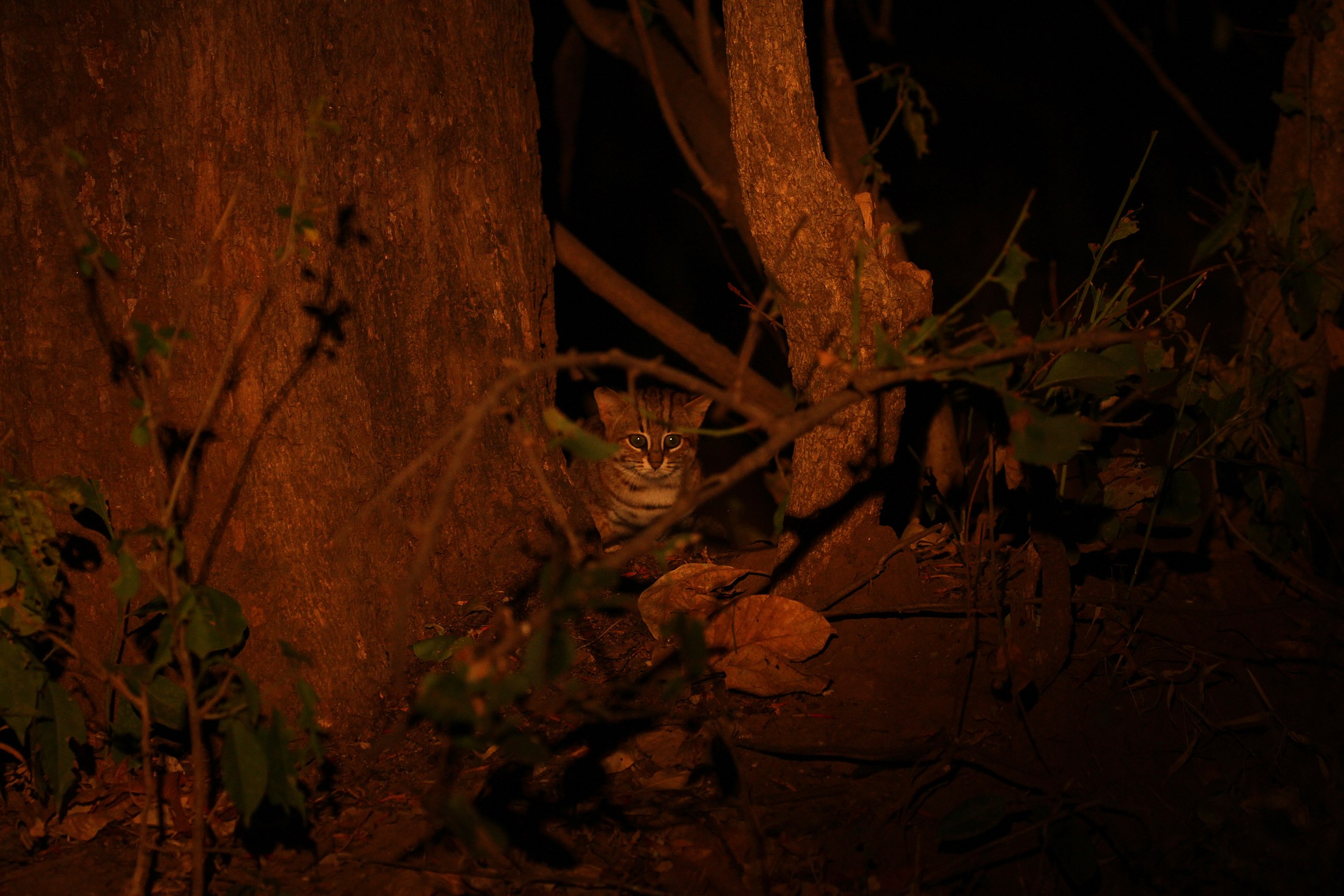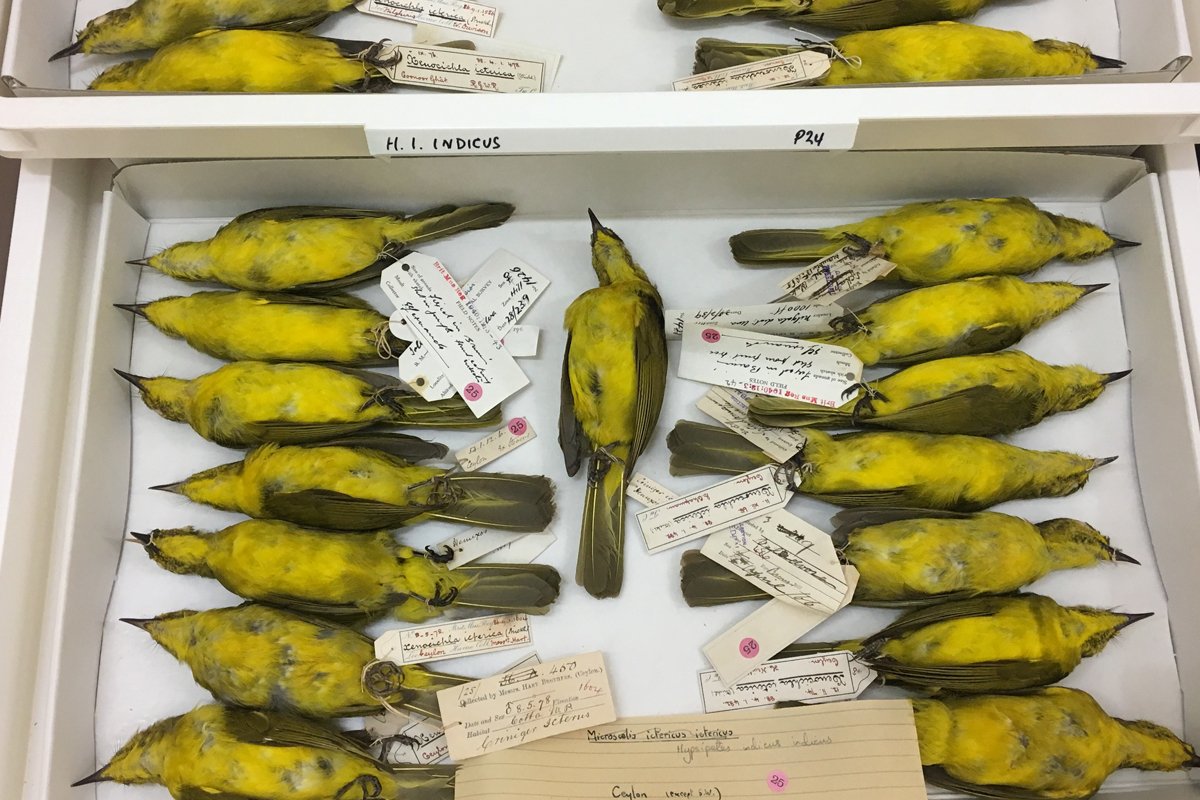
- People and large carnivores are increasingly coming into contact with each other around protected areas resulting in attacks on humans and livestock.
- However, it is difficult to identify the individual predator with confidence using indirect clues such as pug marks and images taken after the kill.
- New research reveals that traces of predator DNA from the kill site can accurately identify the individual predator and suggests best practices for future studies.
- Contrary to the idea that a few problem tigers drive conflict, the study finds that a large proportion of tigers in Kanha and Bandhavgarh tiger reserves prey on livestock.
Slain livestock can now point to the tiger that killed them. A recent study used traces of DNA from livestock kills to individually identify tigers in the forests of Central India. It finds that many tigers prey on cattle, contrary to the prevalent notion that a few problem predators are involved.
The research, which used genetic tools to identify tigers responsible for livestock kills, was a collaborative effort between scientists and the forest department. The researchers, with help from the forest department, collected samples carrying trace amounts of predator DNA from close to 200 livestock kills in Kanha and Bandhavgarh tiger reserves. Genetic markers were used to successfully detect the presence of a tiger at all kill sites and were also instrumental in individually identifying tigers in 85% of them. The results show that a large proportion of the tiger population may be involved in preying on livestock, which has important implications for managing human-tiger conflict.
People and predators at crossroads
A rise in tiger numbers and the expansion of human settlements close to protected areas are increasingly bringing tigers closer to people and livestock. This has resulted in tigers attacking people and preying on domestic cattle, leading to loss of life and income. This conflict has come to a head in the Central Indian and Eastern Ghats landscape, which harbours about 40% (1439 of 3682) of the country’s tiger population.
The extensive forest cover of Madhya Pradesh is home to nine tiger reserves, of which the most recent was inaugurated in March this year. Amongst these, Bandhavgarh and Kanha, home to over a hundred tigers each, are important source populations within a large patchwork of protected areas in this landscape. Villages clustered in and around each of these tiger reserves rear about 100,000 heads of cattle that often graze in a buffer zone surrounding the reserve’s inviolate core area. Here, tigers may kill multiple heads of livestock a day at the crossroads of an expanding human footprint and a successful tiger recovery programme.
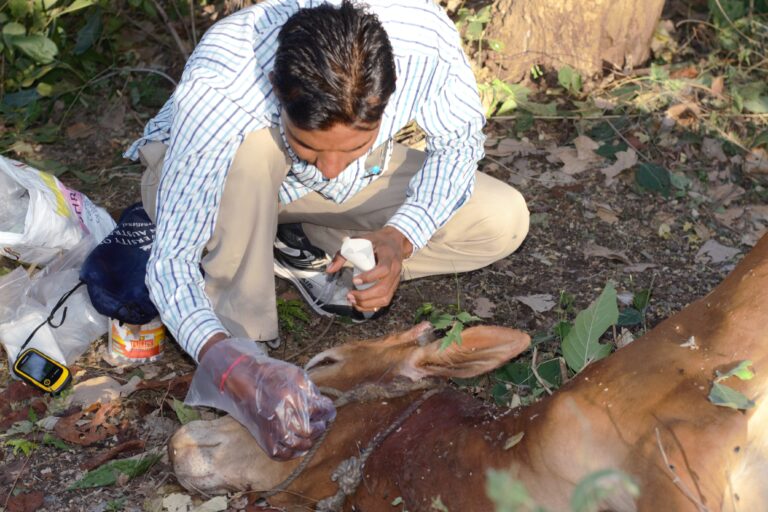
“Connectivity between tiger populations requires movement. In a country with 1.4 billion people and millions of livestock, there is going to be a higher interface between large carnivores and humans,” says Uma Ramakrishnan, an author of the study who leads the molecular ecology lab at the National Centre for Biological Sciences (NCBS), Bengaluru.
When a livestock kill is reported, forest department officials visit the site to verify the attack to disburse financial compensation. They identify the carnivore using pug marks or scat around the carcass and sometimes place camera traps to capture images of a returning predator.
Monitoring cats using molecular clues
However, identifying a predator using indirect physical clues is far from fool-proof. Different carnivore species may leave behind similar signs at kill sites requiring the discerning eye of an expert. Identifying an individual predator from images needs the presence of distinctive marks and the expertise to spot them and the chances of passing scavengers being misidentified as problem predators are high. But other invisible signs can come to the rescue.
These clues are hidden in the DNA (deoxyribonucleic acid) sequences within cells. While large swathes of DNA are identical across animals, there are sections that are unique to species and individuals. These collections of sequences can be used as ‘DNA fingerprints’ to identify species or individuals from saliva, droppings, and hair.
“Molecular tools can help in many different ways, from individual identification and population metrics to evolutionary patterns; all potentially useful for short and long-term management of wildlife,” says Göran Spong who studies large carnivores at the Natural Resources Institute, Finland.
In Kanha and Bandhavgarh, researchers turned to these molecular clues. They carefully examined 198 livestock kill sites, collecting samples of the predator’s saliva from the carcass, and scat and shed hair from its vicinity. “One of the most important things in the field is to collect samples quickly after a livestock depredation event. We worked closely with the forest department and local people to achieve this,” says Himanshu Chattani from NCBS, the lead author of the study.
Back in the lab, the researchers extracted DNA and tested it to confirm that it came from a tiger; then they sequenced over a hundred short DNA segments from each sample to identify individuals.
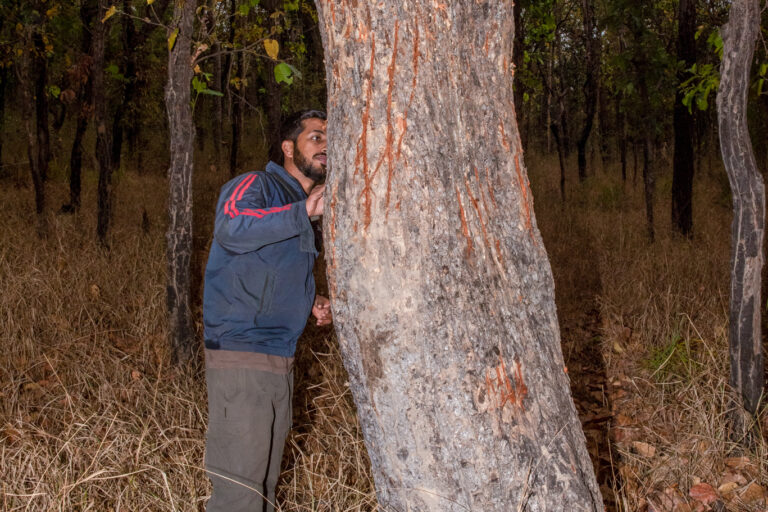
Rethinking the “problem” tiger paradigm
The results show that as many as 87 different tigers may have been involved in 155 livestock kills. In Bandhavgarh, this adds up to 40% of the total tiger population, reports the study. While a majority of the identified tigers were associated with a single livestock kill, about 30 tigers were associated with multiple (2-4) kills. This shows that many tigers, sometimes repeatedly, prey on livestock, questioning the notion that a few deviant individuals attack and consume domestic cattle.
“The data irrevocably pushes out this idea of problem individuals in the context of livestock depredation in the areas studied,” Ramakrishnan says. “But we don’t yet know whether this is the case for human deaths; we haven’t tested that,” she clarifies.
On a broader perspective, the study demonstrates that trace DNA is a feasible and effective method to study prey choice in wild carnivores. It shows that genetic tools can be used to detect tiger presence at every kill site investigated and could individually identify tigers at 85% of them, half of these with high confidence. However, there are caveats to using molecular methods; successes in individual identifications tended to be lower during the monsoon and summer months than in the winter months. In addition, the sample type matters, and shed hair was the best for such identification purposes across seasons compared with other sample types. “When there are many tigers present in an area, it is very important to systematically collect multiple types of samples at a site, which provide multiple lines of evidence,” says Chattani.
“Non-invasive genetics does not affect behaviour, create disturbance or pose any potential risks to animals,” says Mohammed Abdul Aziz from Jahangirnagar University, Bangladesh, who uses this approach to study the genetic connectivity of tigers across the vast area of the Sunderbans. “This study is very useful in areas where tiger-livestock conflicts are high and also in habitats where multiple large predators co-occur,” he adds.
Cutting-edge technology and collaboration
Building a reference genetic database for individual tigers in the region could help researchers and the forest department investigate livestock kills in more detail. “We can prioritise developing profiles for individuals at kill sites, creating a database of their genetic and camera trap IDs,” says Chattani.
Since human-animal conflict is a persistent problem that intensifies around flashpoints, it needs swift action backed by evidence. “One of the gaps in making genetic data accessible as a management tool is the timeline,” says Ramakrishnan. “The process has to be much faster.” She is currently exploring the possibilities of real-time data generation in the wild. “We are collaborating with the San Diego Zoo, who have developed an approach to do in-field DNA sequencing,” says Ramakrishnan.
“I see huge potential in genomics for the future, when scientists are able to carry out major parts of DNA work in the field,” says Aziz.
“However, for the foreseeable future, studying wild populations is going to be a trade-off between cost and precision,” points out Spong.
Looking ahead, Ramakrishnan is committed to engaging closely with different stakeholders to work on questions that are relevant to conservation. “Collaboration with the forest department is especially critical,” stresses Ramakrishnan. “They are on site, watching things, and are very aware of natural history. Without their insights, we are poorer,” she adds.
Read more: How tiger relationships evolve in a reintroduced population
Banner image: A rise in tiger numbers along with expanding human settlements is bringing people and livestock in contact with the carnivores, resulting in conflict around protected areas. Image by Himanshu Chattani.






